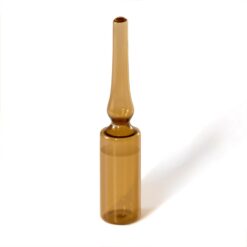-
×
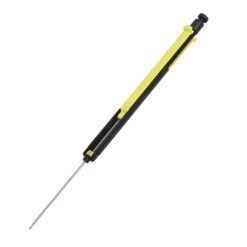 PAL Smart SPME Arrow 1.5 mm: PDMS, Phase Thickness 250 µm, Phase Length 20 mm, Black, 3-pk.
1 × $1,590.00
PAL Smart SPME Arrow 1.5 mm: PDMS, Phase Thickness 250 µm, Phase Length 20 mm, Black, 3-pk.
1 × $1,590.00 -
×
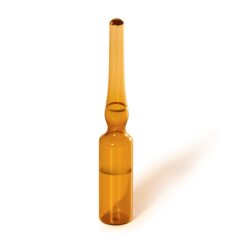 2-Fluorobiphenyl Standard, 10,000 µg/mL, Methylene Chloride, 1 mL/ampul
1 × $41.00
2-Fluorobiphenyl Standard, 10,000 µg/mL, Methylene Chloride, 1 mL/ampul
1 × $41.00 -
×
 ECD Make-Up Gas Kit, for Agilent 6890 (Micro)
1 × $388.00
ECD Make-Up Gas Kit, for Agilent 6890 (Micro)
1 × $388.00 -
×
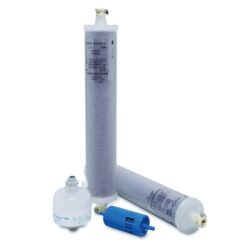 Maintenance Kit for Parker HydroGen Mate DI Water System, Whatman Model 72-230
1 × $1,116.00
Maintenance Kit for Parker HydroGen Mate DI Water System, Whatman Model 72-230
1 × $1,116.00 -
×
 1,2-Dichloroethane Standard, 2000 µg/mL, P&T Methanol, 1 mL/ampul
1 × $32.00
1,2-Dichloroethane Standard, 2000 µg/mL, P&T Methanol, 1 mL/ampul
1 × $32.00
Silylation Derivatization Reagent, MSTFA (N-Methyl-N-Trimethylsilyltrifluoroacetamide), 10×1 g Vials, 10-pk.
$117.00
Silylation is the most widely used derivatization procedure for sample analysis by GC. In silylation, an active hydrogen is replaced by an alkylsilyl group such as trimethylsilyl (TMS) or tert-butyldimethylsilyl (tert-BDMS). Silyl derivatives are more volatile, less polar, and more thermally stable. As a result, GC separation is improved, and detection is enhanced.
Both TMS and tert-BDMS reagents are suitable for a wide variety of compounds and can be used for many GC applications. (Note that silylation reagents are generally moisture-sensitive and must be sealed to prevent deactivation.)
Features & Benefits
- Replace active hydrogen, reducing polarity and making the compounds more volatile.
- Increase stability of derivatives.
| Weight | 0.15 lbs |
|---|---|
| Dimensions | 9 × 9 × 3 in |
Related products
Single-Component
MA VPH Surrogate Standard (2,5-Dibromotoluene), 10,000 µg/mL, P&T Methanol, 1 mL/ampul
$32.00
Purchase & earn 2 points!
Single-Component
1,1,1-Trichloroethane Standard, 2000 µg/mL, P&T Methanol, 1 mL/ampul
$34.00
Purchase & earn 2 points!
Single-Component
$37.00
Purchase & earn 2 points!
Single-Component
MA VPH Surrogate Standard (2,5-Dibromotoluene), 1000 µg/mL, P&T Methanol, 1 mL/ampul
$47.00
Purchase & earn 2 points!
$31.00
Purchase & earn 2 points!
Single-Component
$39.00
Purchase & earn 2 points!
Single-Component
2,2′,3,4,4′,5′-Hexachlorobiphenyl (BZ #138) Standard, 50 µg/mL in Acetonitrile, 5 mL/ampul
$30.00
Purchase & earn 2 points!
Single-Component
3,3′-Dichlorobenzidine Standard, 2000 µg/mL, Methanol, 1 mL/ampul
$36.00
Purchase & earn 2 points!
